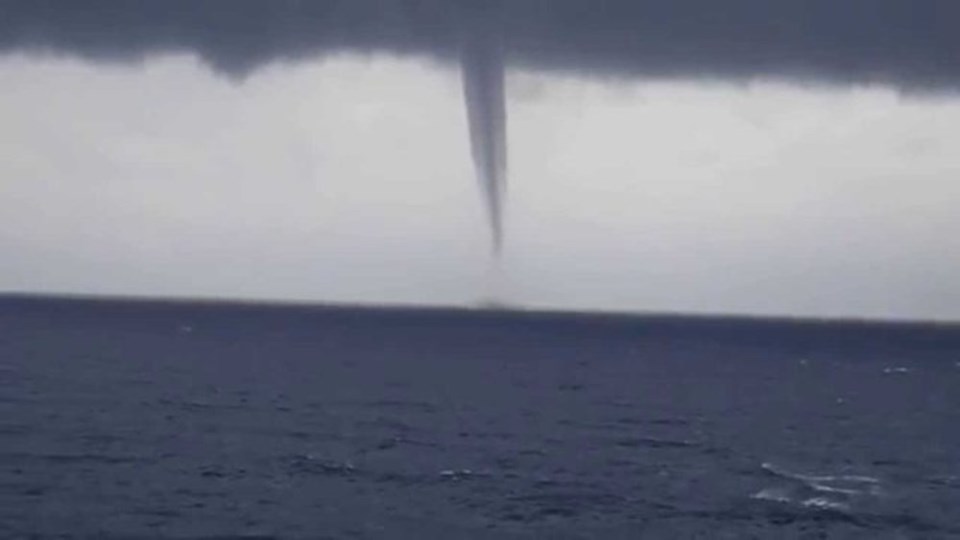If you've ever seen one of them moving across a B.C. lake, you may have been somewhat alarmed.
But as much as they look like their decidedly destructive relatives, some waterspouts are a far cry from tornadoes. However, they still carry the potential to wreak havoc — especially for seafaring folk.
In fact, Environment Canada meteorologist Armel Castellan told ΒιΆΉ΄«Γ½Σ³» in a previous interview that supercellular waterspouts have actually been responsible for sinking ships. That said, the ones we typically see in B.C. don't usually pack that kind of power.
But that doesn't mean tornadoes don't form locally.
On Saturday, numerous locals observed a decidedly alarming funnel-shaped column of air near ΒιΆΉ΄«Γ½Σ³»International Airport.
Environment Canada has since confirmed that it was a tornado.
Have a look at some pictures and videos of the rare phenomenon.
Waterspouts in B.C.
Castellan added that waterspouts and land tornadoes are similar in that they have a rotating column of air and a condensation tunnel, but they are "quite different in that they don't come from the same mechanism in the sky."
And here in B.C., we are less likely to see supercellular land tornadoes form. "There's too much variety of terrain; it's too mountainous," he explained. "And we might have moisture but we won't have the heat."
Typically, Castellan said waterspouts form in tropical areas, such as in the Caribbean or in the southern United States. That said, it isn't rare to spot waterspouts during the stormy spring season in B.C.
T’is the season!! BabyTwisters
— Armel Castellan (he/him/il/lui) (@armelcastellan)
In the United States, the National Weather Service issues a tornado warning if a waterspout moves onshore; some of them have caused significant damage and injuries to people.



